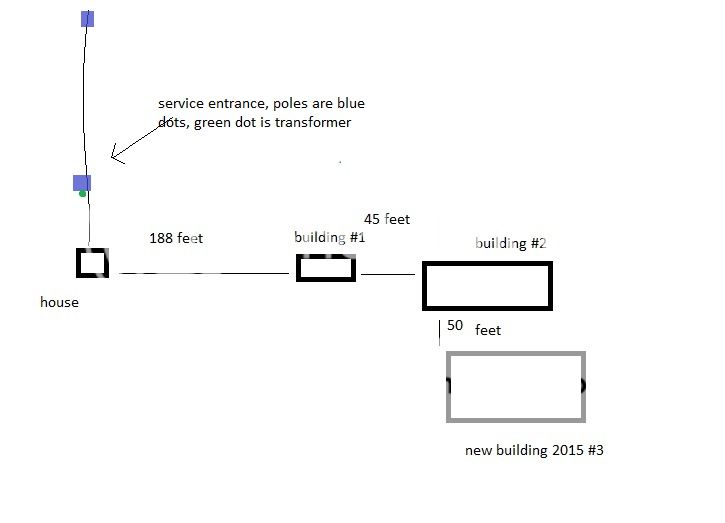I was called to a house to look at a problem with the lights. It turns out that when the furnace kicked on the lights would dim. The same problem occurred when the coffee pot was used. I walked down to the basement and removed the cover on the panel. The thing was full of new breakers, but the main breaker was old and the connections were so rusted that I couldn't even see the screw head on the lugs. When I reached up and touched it half the basement lights went out and I could see arcing behind the main breaker. After a little talking I found out that the basement had flooded full of water about 20 years ago and the panel had not been replaced. Several days later I showed up to replace the entire panel and all went as expected. However by the time that I was finishing I was pressed for time to get the boys from school so I gave it a quick once over to make sure things worked and everything seemed OK. Got a call a few days later that the problem persisted. When I went back I checked voltage on the main lugs. I found 134 volts on A phase and 114 volts on B phase to ground. Classic case of the incoming neutral gone bad. After double checking my work I pulled the electric meter outside and all connections seemed good. At that point I called the power company and they said they would take care of it.
The lineman called me later and we compared notes and all seemed OK. That is until today when I got another call and the problem persisted. When I went back today I finally fount that the neutral connection in the meter socket was bad. There were 2 #4 SE cables, 1 supply and 1 power to panel, and the neutrals were behind a metal "washer"
Apparently one of these neutrals was thicker than the other and held it out so that the load one was making a poor connection. Since this was an old meter socket there was next to no room to work and just a PITA but that seems to have fixed it. How can something so simple get missed so many times? Maybe stranger still is how did this not happen in the previous 30 years since it was installed, and how did that wet breaker work for 20 years?
The lineman called me later and we compared notes and all seemed OK. That is until today when I got another call and the problem persisted. When I went back today I finally fount that the neutral connection in the meter socket was bad. There were 2 #4 SE cables, 1 supply and 1 power to panel, and the neutrals were behind a metal "washer"
Apparently one of these neutrals was thicker than the other and held it out so that the load one was making a poor connection. Since this was an old meter socket there was next to no room to work and just a PITA but that seems to have fixed it. How can something so simple get missed so many times? Maybe stranger still is how did this not happen in the previous 30 years since it was installed, and how did that wet breaker work for 20 years?


